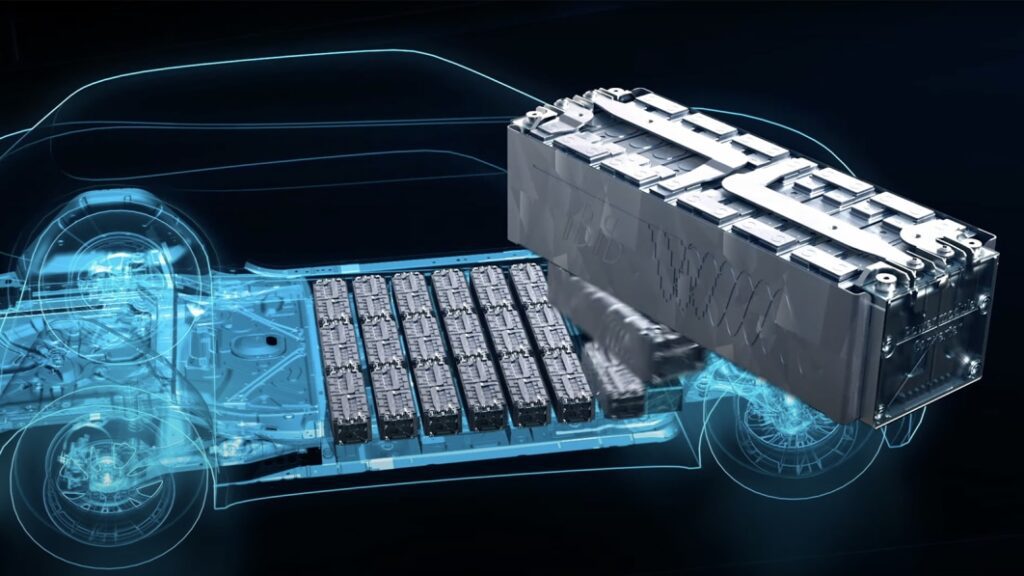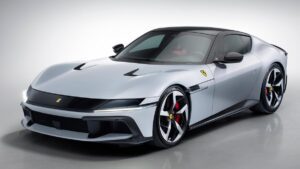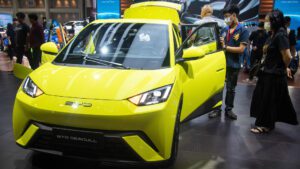Stellantis aims to eliminate separate inverter, charger to improve EV efficiency

Stellantis has announced that, in collaboration with French battery company Saft and French National Center for Scientific Research, has made significant progress in eliminating two major components of an electric vehicle powertrain: the on-board charger and the power inverter for the motor. The company claims that doing this will allow for better space use in vehicles, as well as improvements in efficiency, cost and reliability of components.
As a quick primer, also explained in the below video, the on-board charger and power inverter are sort of translators to get the right current to different parts of the electric powertrain. The on-board charger takes AC power from the grid and converts it to DC to charge the batteries. Then when power goes from the batteries to the electric motor, the power inverter converts that DC power back to AC. These components aren’t exactly small. Frequently you’ll find them packaged somewhere under the hood.
What Stellantis and its cohorts have developed, and have been using on a test vehicle since last summer, are small power inverter boards that can be mounted very closely to the battery packs. They can handle both conversion needs, for charging and discharging, instead of needing two separate devices. The most obvious perk to this is that you can do away with those traditional components and free up more space, either for making smaller vehicles without losing interior volume, or adding space to a vehicle that wouldn’t have had it otherwise. There’s the additional benefit of reduced weight, something that EVs struggle with.
Stellantis also claims improvements in efficiency, reliability, and cost, however, it didn’t go into detail as to how this setup would do that exactly. We’ll try to get in touch with representatives from Stellantis in order to get more information.
We’re still a ways out from seeing this technology in production Stellantis vehicles. The company said it aims to apply it to vehicles by the end of the decade. Saft is also looking at using it on stationary battery systems as well. So maybe we’ll see it on a 2029 Ram 1500 REV, but for now, we’ll be living with traditional chargers and inverters.
Related Video:




